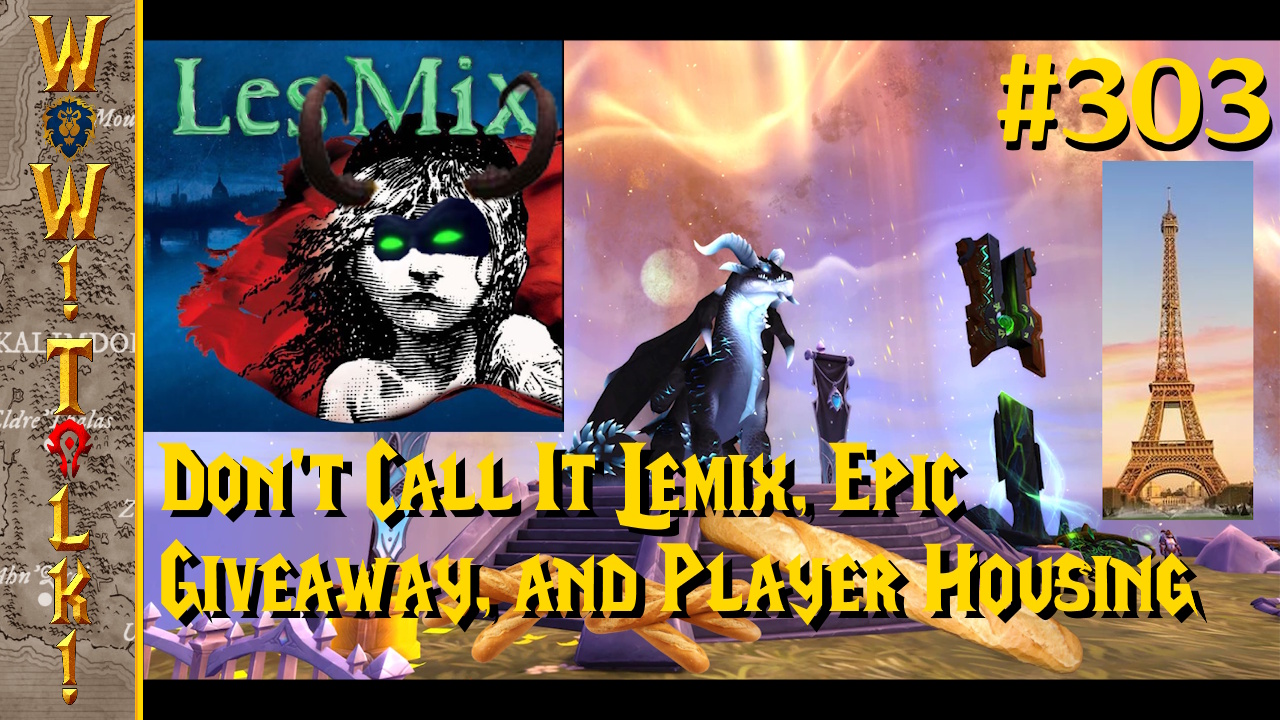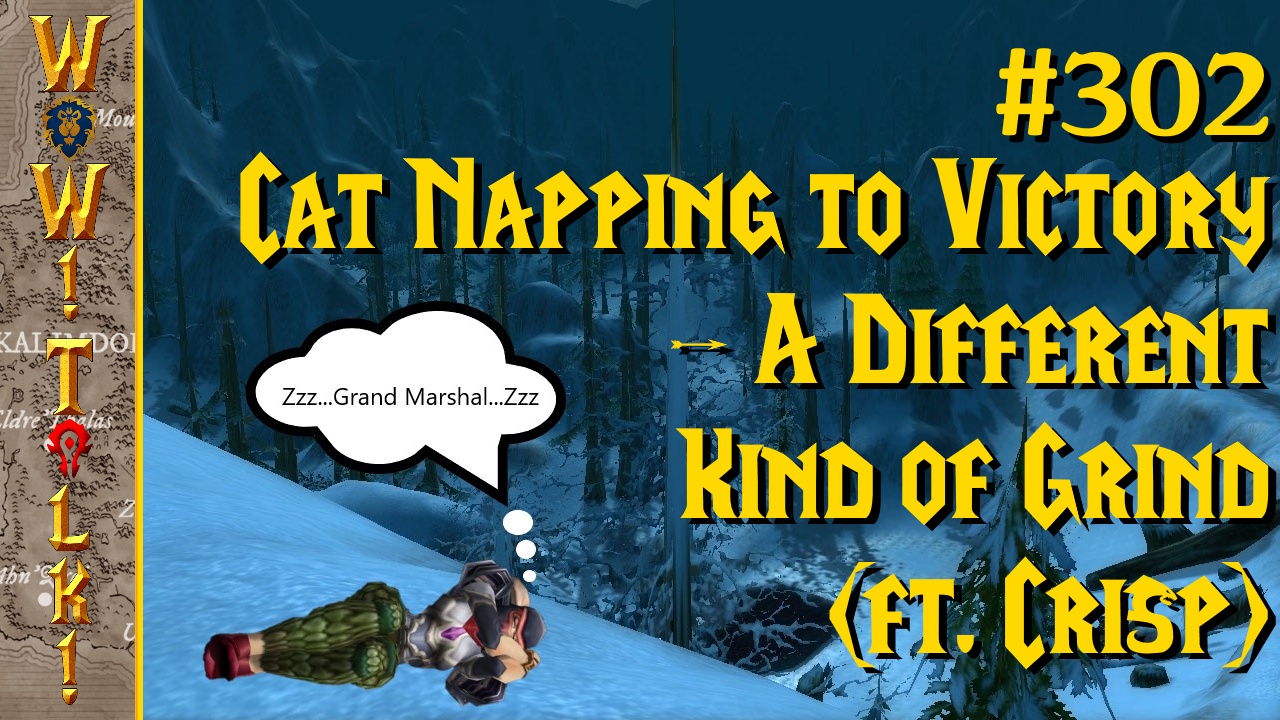There is a playbook that must be followed for this sort of thing. The Zelda fan base has been groomed to expect, and even demand, strict adherence to the codex that Nintendo has created with its beloved series. Certainly there are deviations from the standard set of rules – an interesting new gimmick here, a polarizing visual departure there, perhaps even a distracting but hardly game-changing transmutation somewhere along the way. Yet when crafting an entry in the venerated Zelda franchise, the final product must fall in line with the remarkable-but-aging schematic that was established by its two most treasured releases: A Link to the Past (AlttP) and Ocarina of Time (OoT).
The boomerang must be present. Ganondorf needs to kidnap a princess named Zelda. Gohma just has to be a boss at some point. A number of traditional villages will dot the landscape of a world known as Hyrule. Nobody really dies; monsters are vanquished; characters get trapped in other realms (or sealed away in crystals). But death is too final and morbid for the story of a curious boy whose adventuring days began with a cryptic warning from a kindly old man. “It’s dangerous to go alone! Take this.”
As such, series veterans will be doing double-takes during the vignette that sets the stage for the events of The Legend of Zelda: Skyward Sword. “They burnt forests to ash, choked the land’s sweet springs, and murdered without hesitation.” That doesn’t sound like your typical Zelda game. What every gamer who was wise enough to hold onto their Wii will discover during the enormous adventure that ensues is that Skyward Sword (SS) is the most atypical release the series has seen since making the transition to 3D.
Nintendo, Zelda, the Wii and motion controls have all been written off as irrelevant by many hardcore gamers over the past six years. Nintendo is solely at fault for creating that predicament. Twilight Princess (TP), while a good game on most fronts, was a reactive move to the ear-piercing fanboy outcry in response to its console predecessor. The developers erred by making an overt attempt to make the series more “adult” in tone. Sometimes, the fans just don’t know what they really want.
No such mistakes were made with Skyward Sword. This is a game that isn’t afraid to blend a cartoonish appearance and some lighthearted silliness with serious moments and sharp departures that work extremely well. Nintendo EAD has also eschewed the tacked-on waggle controls from Twilight Princess that have hamstrung the Wii and damned motion controls as a gimmick these past years. The excellent controls of Skyward Sword inspire hope for the future, but also bring shame to the Kyoto gaming giant that was historically obsessed with perfection when it came to control but somehow managed to blow its own foot off back in 2006.
Gone are the days of shaking wildly and praying for the best. Mindlessly jamming on the A button and letting the game handle the heavy lifting has also been put out to pasture. It is impossible to praise Skyward Sword’s controls too highly, especially when taken in context with the unrefined waggle crap that came before it. Take it from someone who long ago decided that motion controls could never be enjoyable: pressing a button will never again be an acceptable means by which to swing a blade.
Slashing and jabbing works perfectly here in the 1:1 fashion that everyone envisioned back when the Wii remote was first revealed. It’s more than just sword controls, too. Aiming the bow, soaring through the air on the back of a Loftwing (Link’s mode of long distance travel), guiding the trajectory of the new Beetle tool, raising the shield to block or shield bash and even swimming becomes second nature over time. Some of these elements initially felt as awkward as moving Mario with an analogue stick once did in the early going, but players will adapt or die – and be all the happier for it.
Link being granted more hearts than is customary from the outset (six hearts this time around, up from the standard three) inspired many to complain that Nintendo was further softening up the series for the casual gamer it has so coveted these past several years. That is most assuredly not the case. Attacking and defending with the new controls takes some real practice, and yours truly was constantly shamed by meeting his end from the fierce attacks of a monster that has been a pushover since its introduction: the Deku Baba.
Go ahead and get your laughs in, but Skyward Sword requires that precise slices, blocks and jabs be made during combat sequences. Flailing wildly will result in death during almost every encounter. Enemies smartly analyze the player’s movements and reposition themselves accordingly. The window in which one must strike is often brief, so attacks must be perfectly timed and precisely aimed. Stick with it and a mastery over the controls will eventually be yours, and their brilliance behind the new combat system will become clear.







